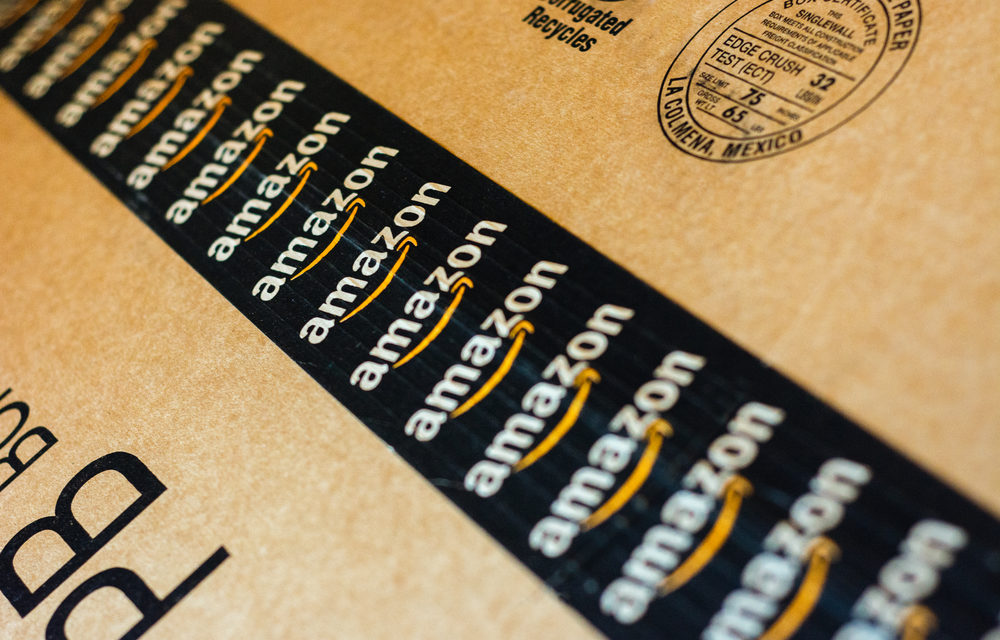Amazon sees one- and two-hour delivery as a ‘trip eliminator’
Amazon’s Prime Now one-hour and two-hour delivery service may sound like it was created for urgent situations—brides who need an iron at the last moment, say—but that’s not how Amazon sees it.
As with so much of Amazon’s platform, the goal is ease and convenience. “We can eliminate that (extra) trip in your life,” said Stephenie Landry, Amazon’s vice president of Prime Now, at the 2017 Shoptalk conference in Las Vegas. “Customers really like it. It’s something that really helps them accomplish a task.”
In a presentation at the four-day event, which opened on Sunday and gathers major retailers, CPG brands and tech giants and startups, Landry noted that consumer expectations are constantly being revised. “When Prime (two-day free delivery service started) in 2005, a lot of people said, ‘Do you need two-day delivery?’ Now it feels slow to wait for five days. Two-hour delivery sounds fast, but I can imagine a future when customers are more demanding.”
The Prime Now service, which is free for Prime members with two-hour delivery and which charges $7.99 for one-hour delivery, has expanded to over 45 cities in seven countries since its December launch in 2014, she said.
The service, along with things like free music and video streaming service, is part of Amazon’s attempt to get more people hooked in its Prime ecosystem, a major part of its global growth and customer-loyalty strategy.
The expansion of Prime Now also is expected to further raise the bar for other retailers, at least when it comes to the delivery front. That’s because the Seattle company, famous for spending on profit-eroding shipping and other investments to win market share, is not changing its strategy when it comes to Prime Now.

“Ultrafast shipping is an expensive proposition,” Landry admitted. But “the only way to learn about it is to be in the game. I don’t spend most of my time thinking about delivery or other costs at all. I really think about what customers really love. I’ll take a cost problem over a customer love problem any time.”
In addition to expanding to more cities, part of Prime Now’s growth strategy also includes partnering with “local beloved brands” and other small businesses primarily in the grocery, pharmacy, alcohol, beauty and restaurants areas for the delivery service, she said. In New York, for instance, Prime Now delivers for the Eataly Italian supermarket and restaurant marketplace.
“Those are items usually useful for same day delivery,” she said. “There’s a physical limit to what I can deliver (with Prime Now). This helps us expand the selection.”
Amazon is no stranger to an expanded selection: over 40% of its sales come from its marketplace section, which includes over two million sellers, she said.
Author: Andria Cheng

